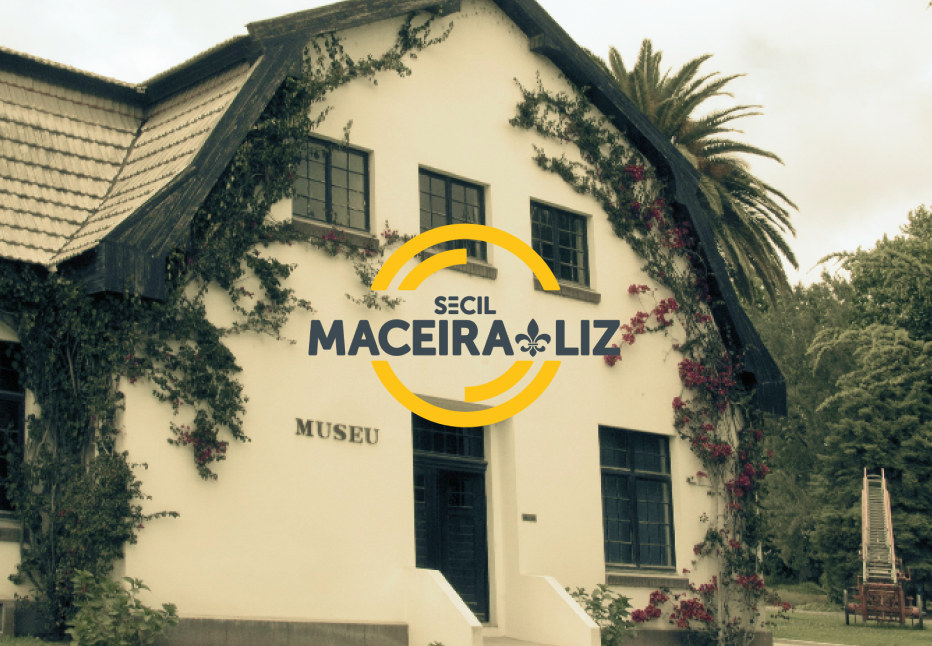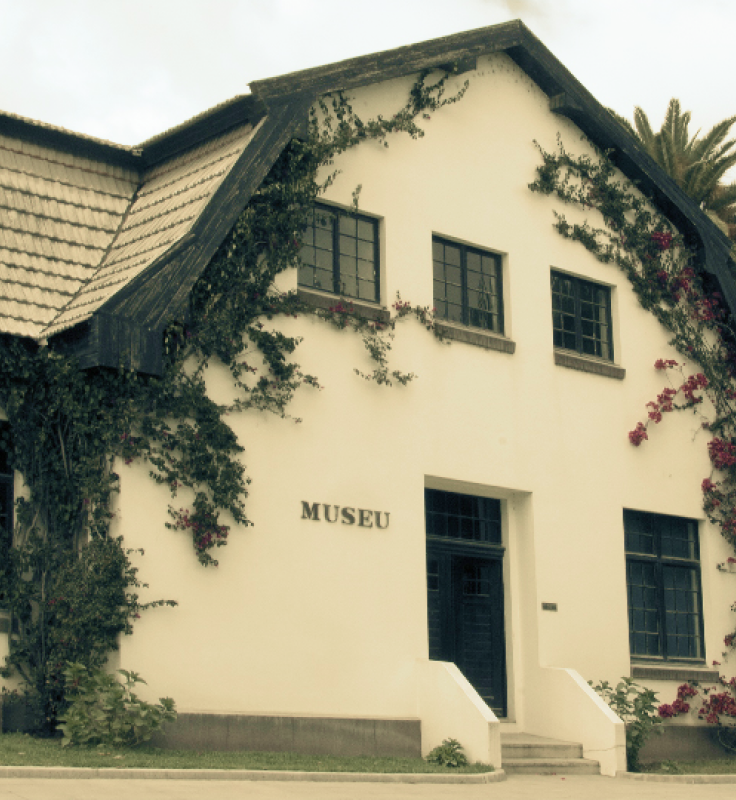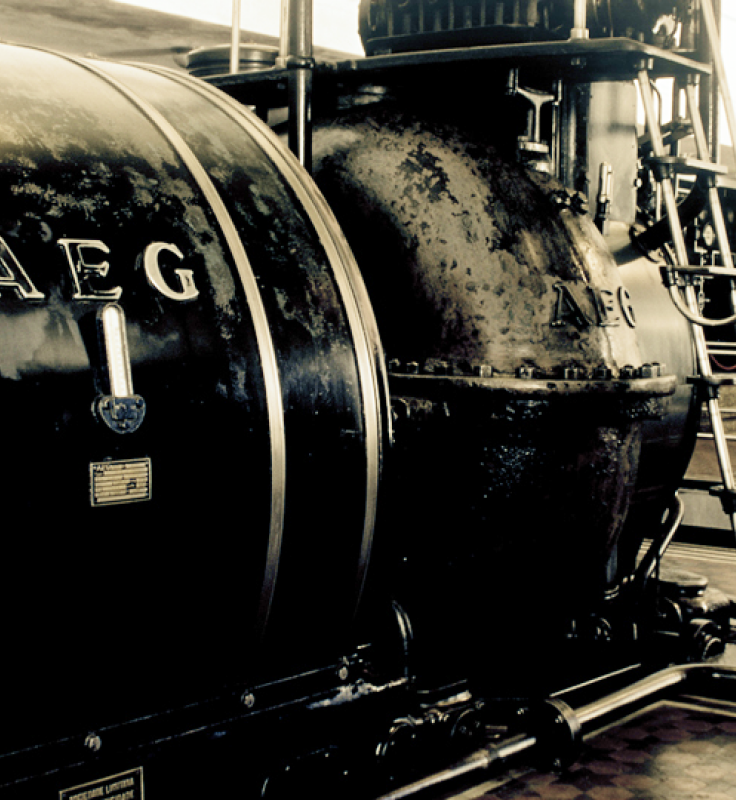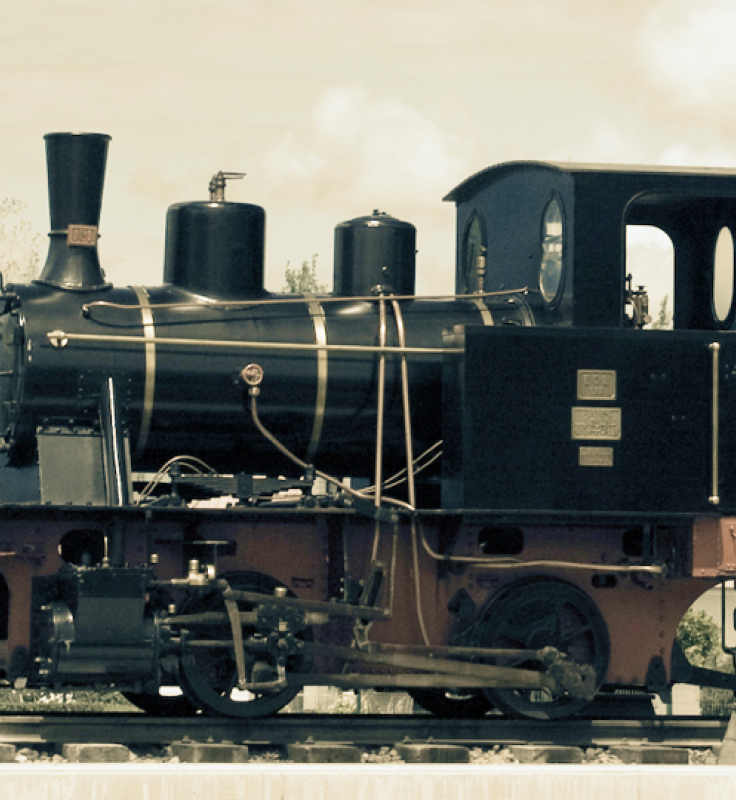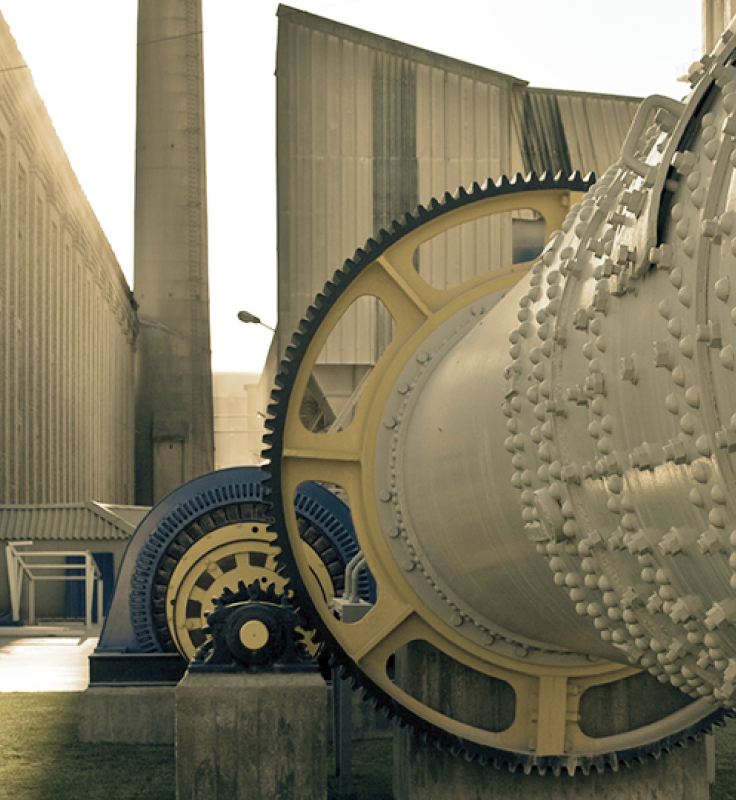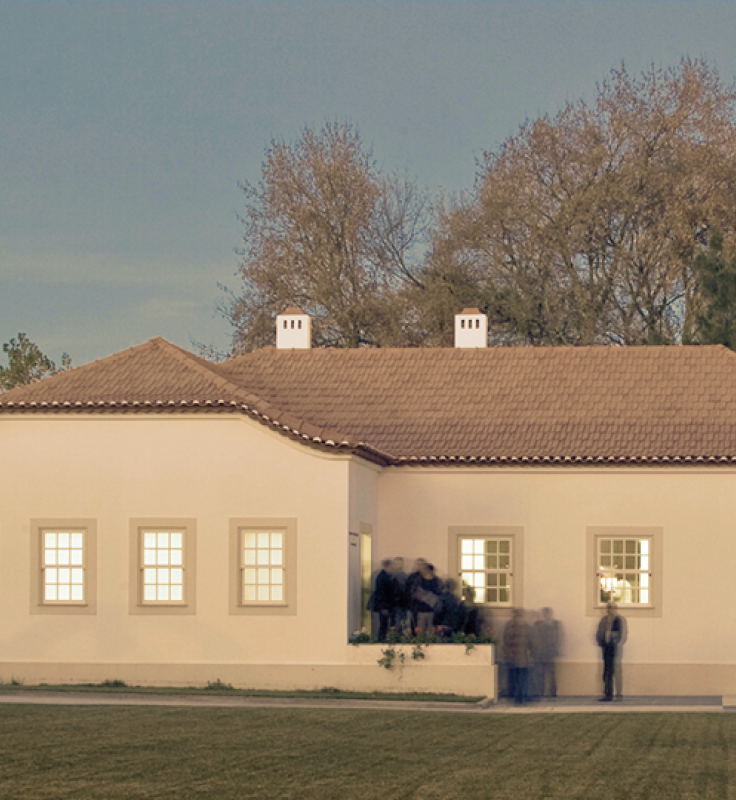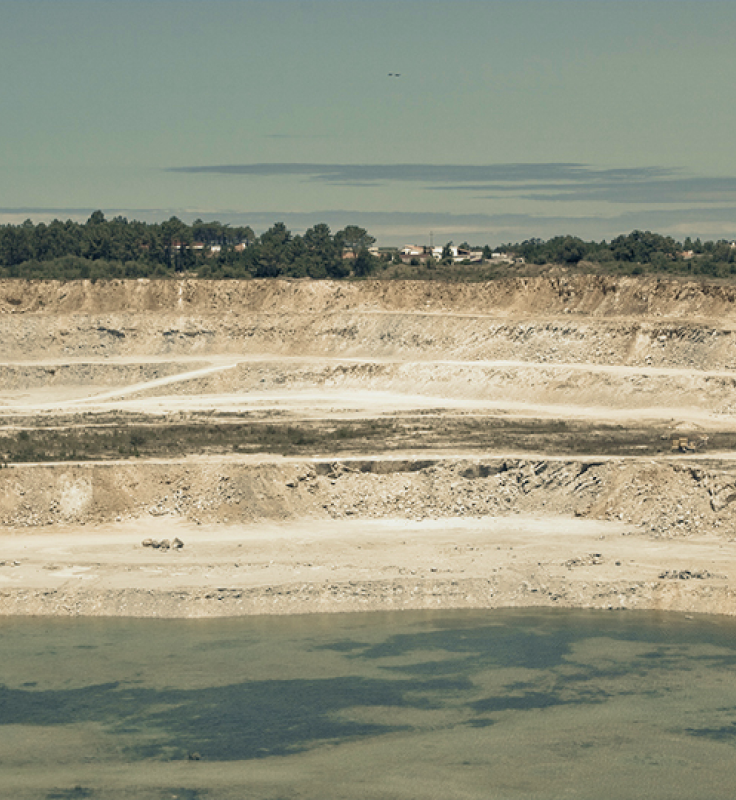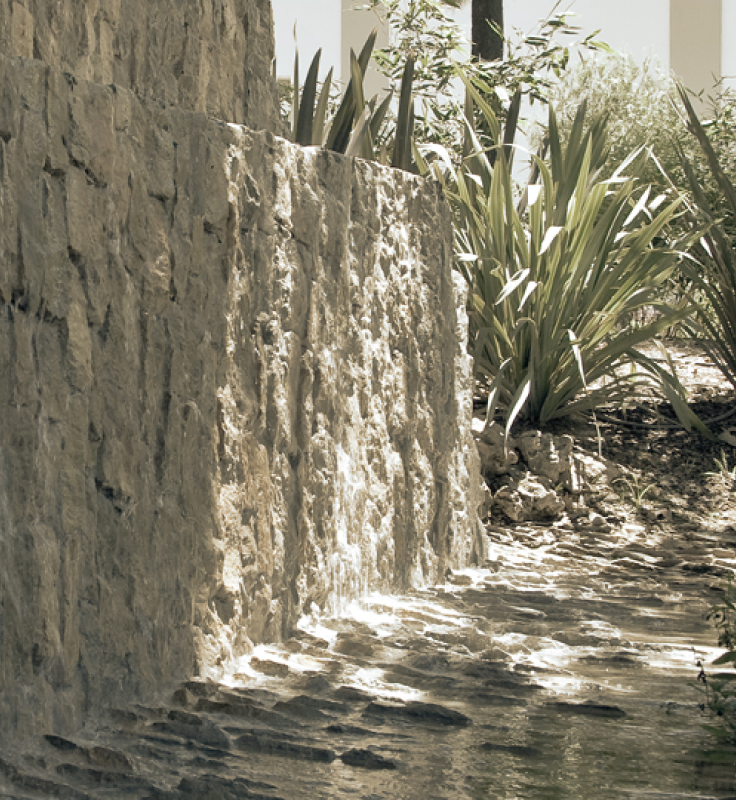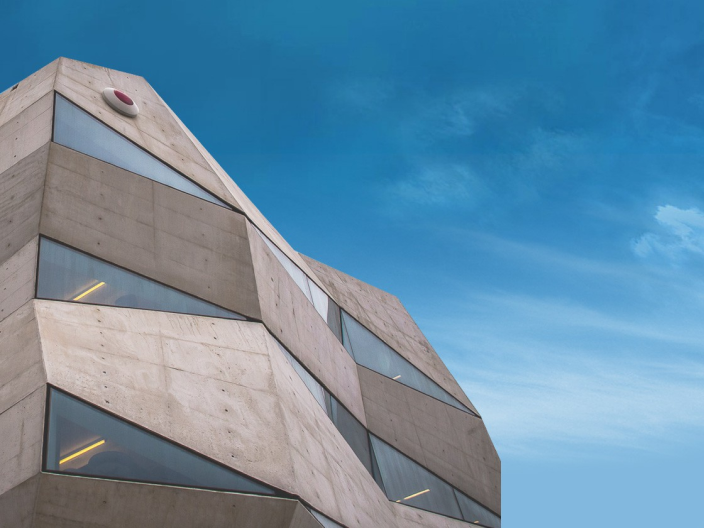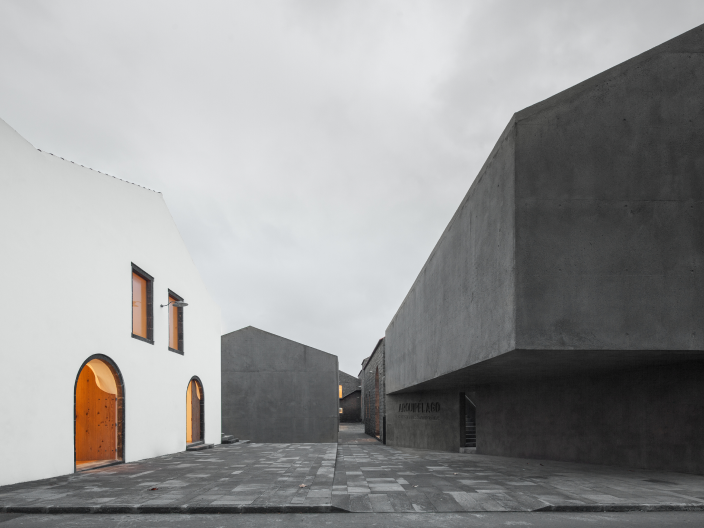-
Entry price
Free
-
Organization of visits
Requires previous booking
-
Visits method
On foot
-
Level of difficulty
Medium
-
Tours for groups
Yes
-
Min. nº persons per group
2
-
Max. nº persons per group
5
-
Guided tours
Yes
-
Additional support
Reception, store and meeting room
-
Opening hours
By appointment: First Tuesday of each month, from 10:00 a.m. to 5:00 p.m. First Saturday and Sunday, from 12:00 p.m. to 6h00 p.m. There is also the possibility of occasional openings on other days by appointment.
The Cement Museum is a non-profit institution whose main mission is the collection, conservation and dissemination of the history, culture and heritage of the Maceira-Liz factory.
Activities Program
Among the regular activities offered by the museum, we highlight those of the Educational Service, programmed essentially for the school public, providing its visitors with the opportunity of a visit guided by former workers and technical staff.
Valence Study and Research
This space refers its research to the fields of history, industrial archaeology, geology, palaeontology, sociology, anthropology, technology and environment.
Audiovisual and Multimedia Resources
Visitors to the museum can watch the films "The Manufacture of Cement Barrels" and "Stones of Portugal", both made in the mid-1930s, at the Cement Company of Leiria (E.C.L.).

